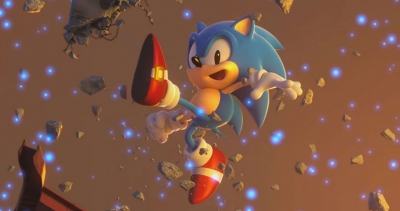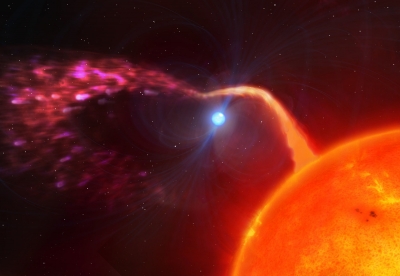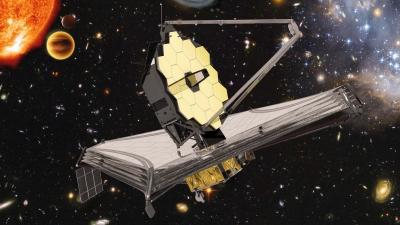The Era of Foldable Phones Has Arrived

Mobile phones have come a long way from when they were first introduced. Today, almost everyone has a touchscreen smartphone. But the mobile phone industry is constantly evolving in terms of design and technology. The most recent design, readily accessible to consumers, are seamless foldable phones. Samsung launched its Galaxy Z Fold 3 and Galaxy Z Flip 3 in August. Both the phones went up for pre-order on August 24, 2021 on the company's official site as well as other leading retail stores.
Galaxy Z Fold3 5G and Galaxy Z Flip3 5G are equipped with IPX8 water resistance and built with our new Armor Aluminum—the strongest aluminum ever used on a Galaxy smartphone—along with the toughest Corning® Gorilla® Glass Victus™ to protect against scratches and accidental drops. Both devices come with a new protective film made of stretchable PET5 and optimized display panel layers resulting in a Main Screen that’s 80% more durable than previous devices. Galaxy Z Fold3 and Galaxy Z Flip3 are verified by Bureau Veritas to withstand folding 200,000 times. They are equipped with the latest powerful 5nm processor and 5G band compatibility for the best experience inside and out.
Galaxy Z Flip3 5G comes with a redesigned Cover Screen that is four times larger and makes it easier to view notifications and messages without having to open the phone. Add bold colours, sleek design and premium features, and the Z Flip3 becomes a device for true self-expression. Galaxy Z Flip3 is also crafted to give users the best capability for capturing and sharing memories. Packed with some of our latest camera features, users can take hands-free selfies or do hands-free video calling with the signature Flex mode. Even if the device is folded, you capture a quick photo—and now, even video—right from the Cover Screen using enhanced Quick Shot by double-clicking Galaxy Z Flip3’s power key. Plus, scrolling and sharing are super smooth, thanks to Z Flip3’s new 120Hz adaptive refresh rate.
Picture Credit : Google





